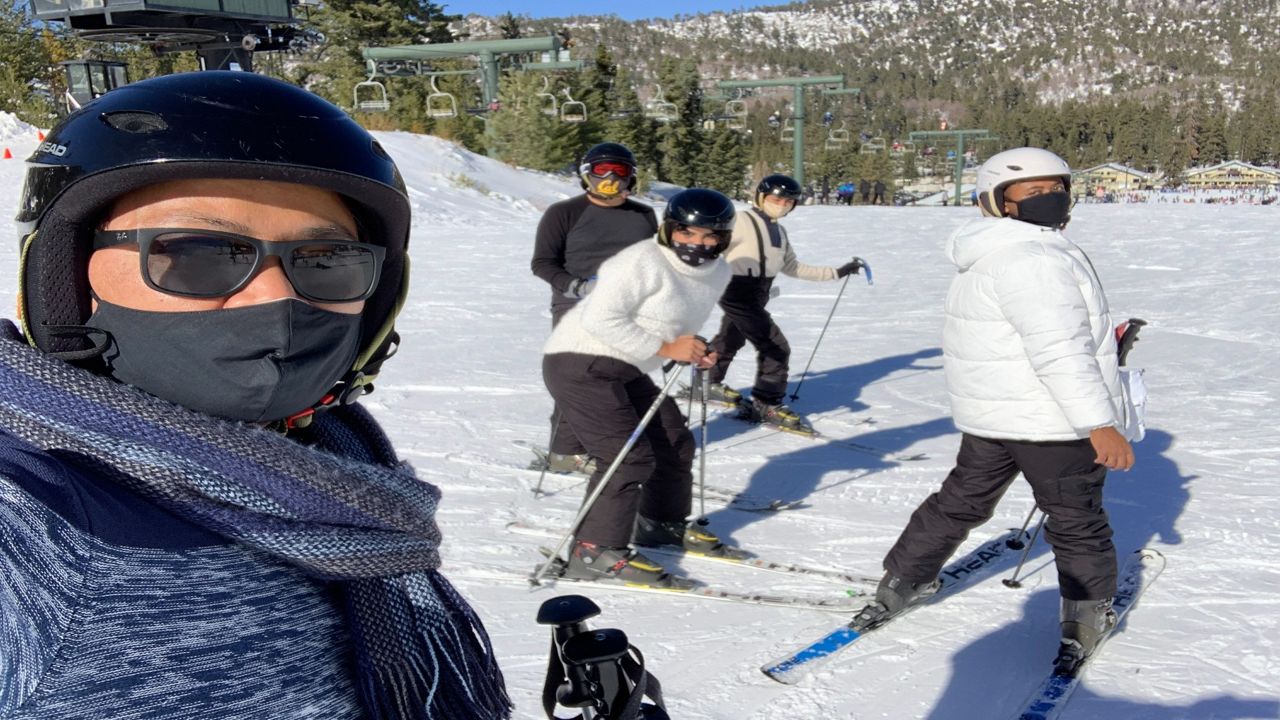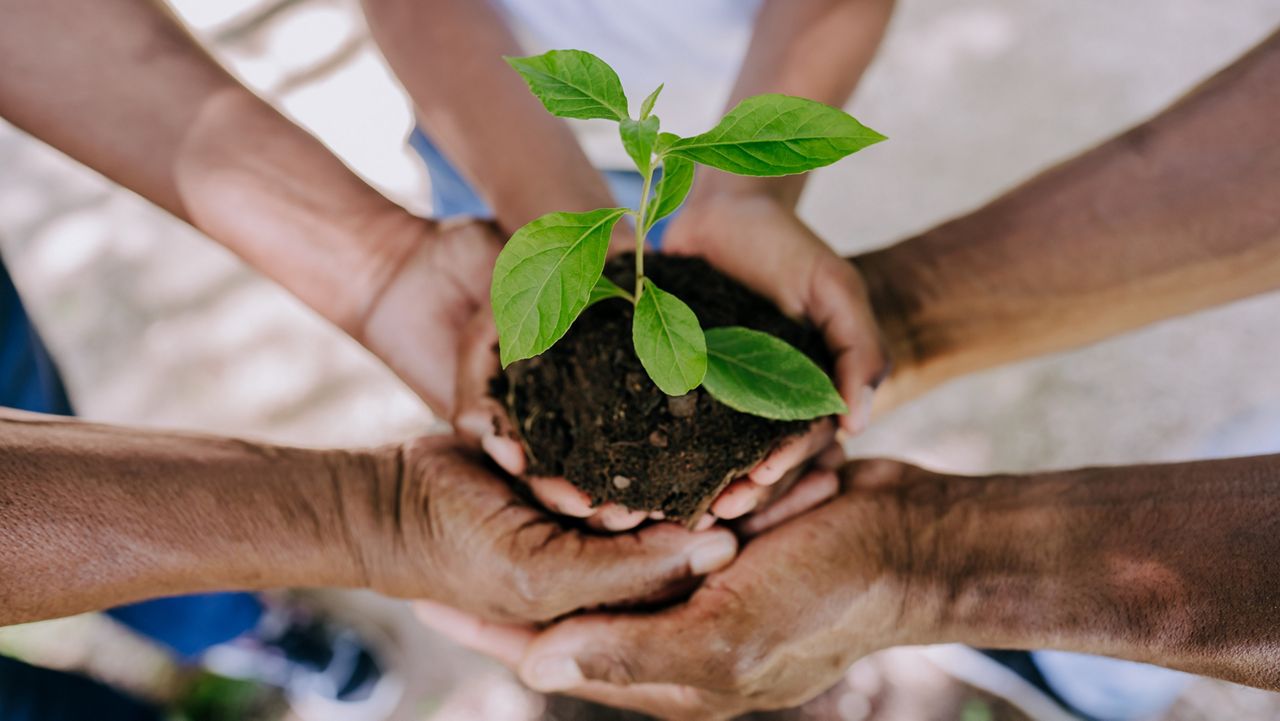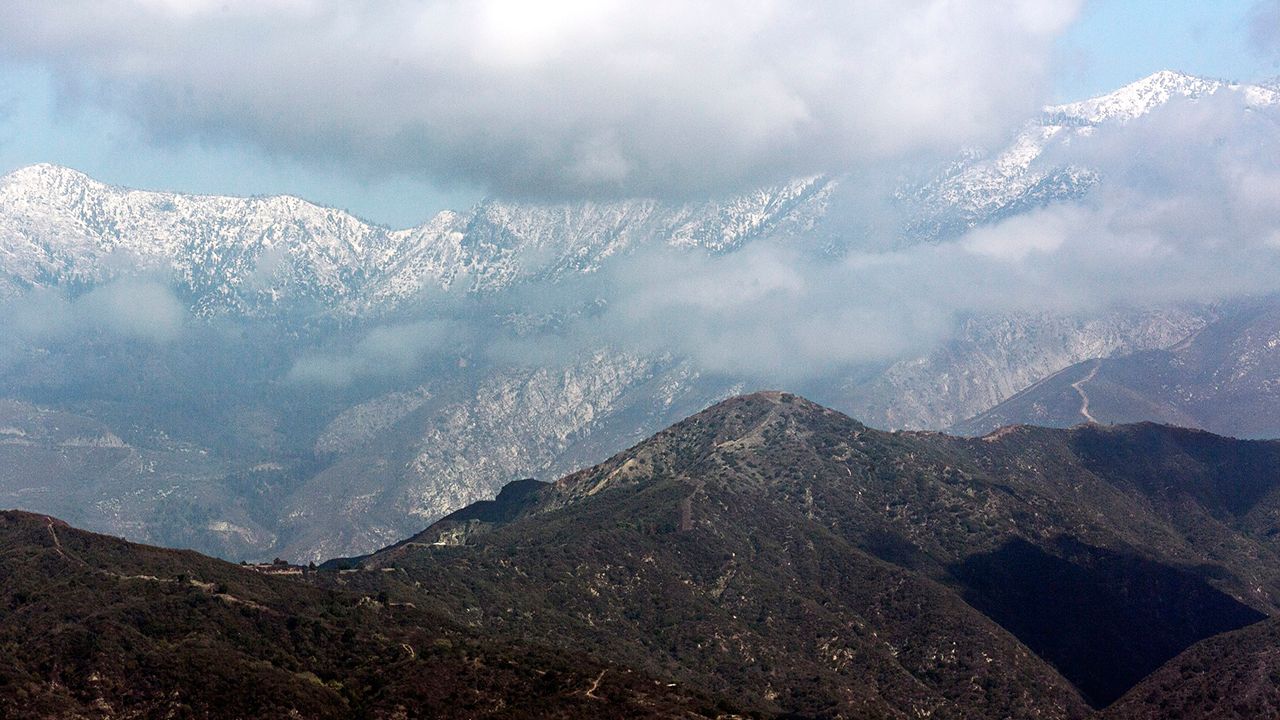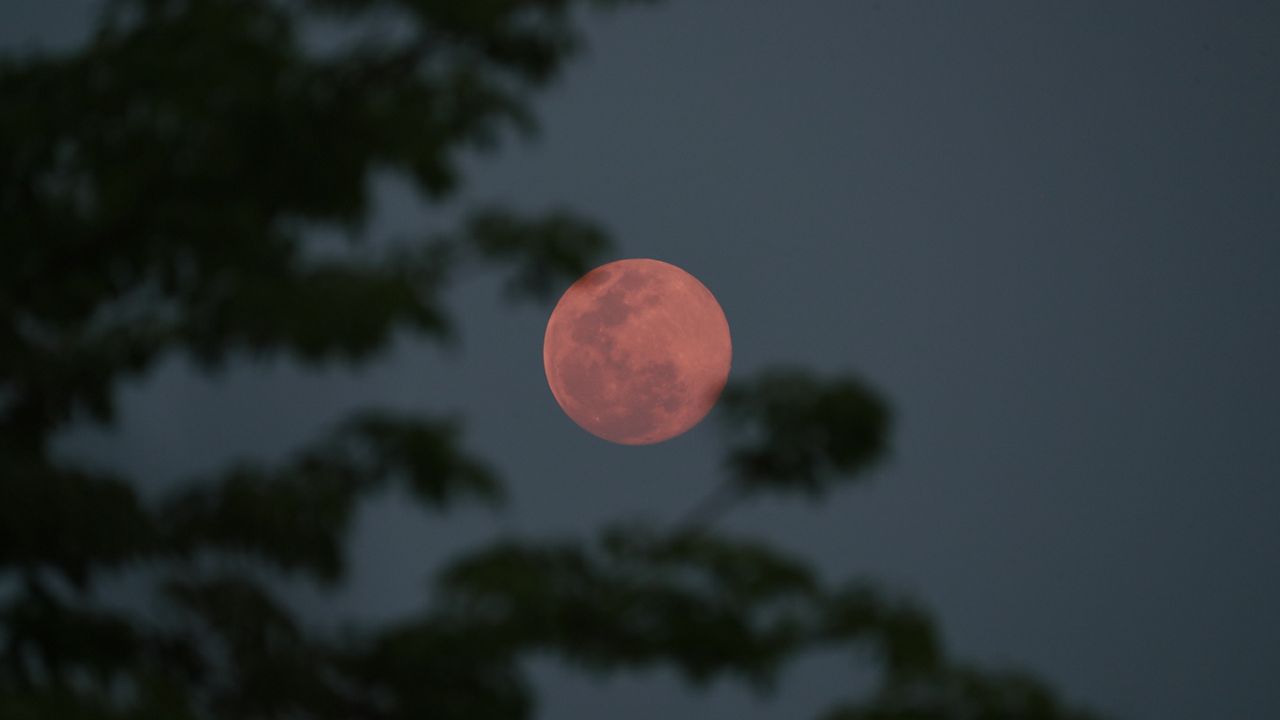So you've decided to take your first ski lessons and you're wondering how you should prepare for your day on the slopes. Perfect timing!
I recently visited Snow Valley with my family and we learned a few things you may want to know.
I first learned how to ski in Big Bear, shortly after moving to SoCal from Guam. Wow! That was a big change.
Since then, I've skied in Lake Tahoe and Washington - the last time being about 11 years ago.
On New Year's Day 2021, I returned to the slopes with my family...this time at Snow Valley in Running Springs in the San Bernardino Mountains.
Surprisingly, I was able to pick it up easily again considering I hadn't skiied in a long time. I guess it's like riding a bike - once you learn, you never forget.
For the rest of my family, this was their first time skiing. We found that Snow Valley is a great place to learn because it has a wide, long trail for first-timers.
The resort boasts it has Southern California's best beginner terrain, which includes the legendary Thunder Mountain - often a favorite place to film for popular ski and snowboarding filmmaker, Warren Miller.
We prepared, as best we could, but we still walked away with some lessons that I'd like to share with you to make your trip more enjoyable and safer.
1) Plan Ahead And Arrive Early
The day before our trip, I mapped our route from downtown LA to Snow Valley and found out it was going to take about an hour and 20 minutes. I factored in an extra 30 minutes.
Luckily, we didn't have to put on snow chains. Despite leaving at 6:45 a.m., we hit traffic at the base of the mountain and ending up being late to our 10 a.m. ski lessons.
Next time, I'll factor in an extra hour.
2) Buy Ski and Snowboard Clothing
Don't skip on snow gear. I recommend buying ski or snowboard pants to you keep dry when you fall on the snow.
And there's a good chance you will fall if it's your first time. Being cold and wet is no fun.
3) Dress in Layers To Stay Comforable
In all my past skiing experiences, it was really cold. So, I wanted to make sure my family was prepared for 40-degree weather which, under normal circumstances, IS cold.
Yes, I recommend wearing thermals under your ski pants and jacket but don't do what we did and throw on some jeans and a sweater over those thermals. What we didn't consider was how streneous skiing can be for a beginner.
And on a sunny day, even with temperatures in the 40s, you can warm up fast. In no time, we started sweating and had to ditch our jackets to remain comfortable.
So, don't layer up too much. You may have to on a cloudy, windy day though.
4) Energize And Hydrate Yourself
It's a good idea to hydrate yourself days before your trip either by drinking water or eating water-rich foods such as fruits and vegetables. Then, on the morning of your trip, have a hearty breakfast to fuel your body for the day.
Pack small snacks, like fruits, nuts and chocolate to munch on while on a chair lift or during breaks from the action. Of course, if you're truly exhausted, don't push yourself because a lot of injuries come at the end of the day when people start to get tired.
When you do take a lunch break, Snow Valley and other resorts do have restaurants that offer takeout during the pandemic. But, the line can be long.
Luckily, we packed some sandwiches.
5) Wear polarized sunglasses or goggles
I recommend spending $15-20 to buy some goggles. They'll protect your eyes from the intense sun rays which hit the snow and get reflected back to you.
I chose to wear my polarized prescription sunglasses. On any other trip, they would've worked fine. But, they kept fogging up because of the masks we had to wear due to Covid-related rules.
6) Protect Your Skin
Just because it's winter, you can still get sunburned so be sure to periodically put water-proof suncreen with at least SPF 15 on your face and lips. Being on top of a mountain, you're closer to the sun's damaging ultraviolet rays.
The Skin Cancer Foundation states UV radiation exposure increases between four and five percent every 1,000 feet above sea level.
7) Get a Good Night's Rest
Don't underestimate a good night's rest before your trip. The challenge for us was we went skiing early New Year's Day.
It would've been ok had we slept early the night before but we chose instead to stay up until midnight to ring in the new year. In retrospect, we would've picked another day.
8) Take A Ski Lesson
Learning how to ski or snowboard from a friend may save you money. But, you may struggle more if you don't learn about proper technique and safety from the start.
I highly recommend taking a lesson from a pro. Also, it's best to rent equipment from the resort because the staff can make any needed adjustments to ensure your safety on the slopes.
And lastly, I'd recommend getting into shape prior to your ski trip.
"I didn't know skiing can be a workout," said my nephew Bryant. "The extra pounds we gained during the pandemic aren't helping."
Speaking of the pandemic, if you're at all concerned...check out each resort's website to see what they're doing to follow Covid-related guidelines. It's not a bad idea though to tuck a small sanitizing spray in your jacket or to bring your own anti-bacterial wipes.
Overall, my family enjoyed their first time skiing. We've already started making plans to hit the slopes again before the end of the season. Maybe next time, we'll take up snowboarding.
Oh, one last thing - don't wait until the afternoon to drive up to the mountains. On our way back down, the line of cars waiting to come up went for miles.
Everyone wanted to take advantage of all the snow that had fallen just four days prior.










